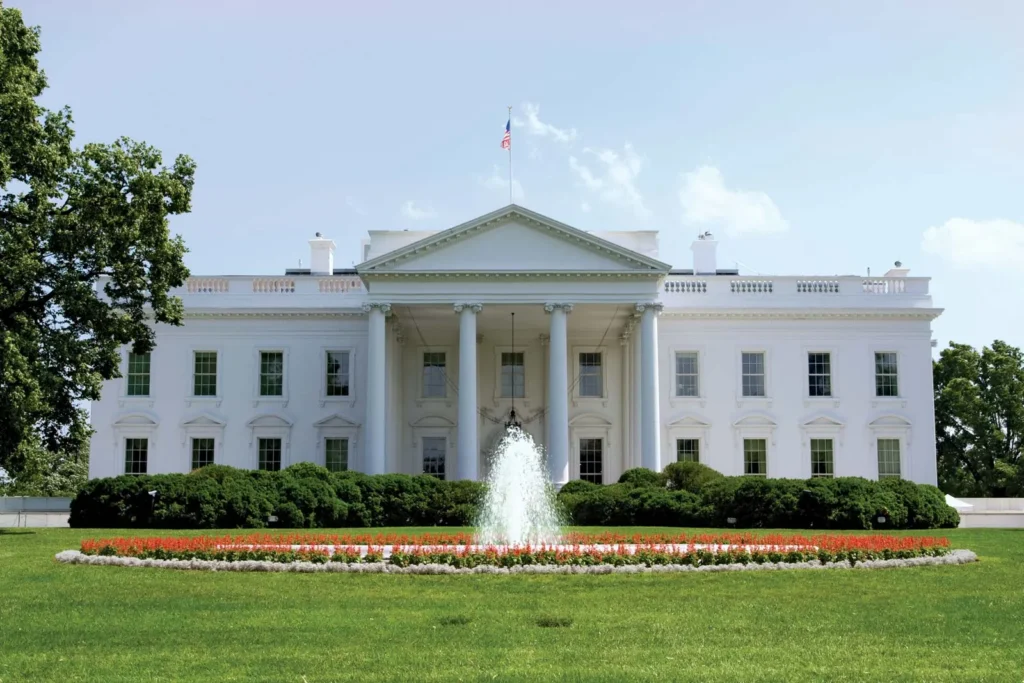The American Reliable and Clean Energy Security (ARC-ES) Act, passed by Congress last week, marks a seismic shift in US energy policy by granting states unprecedented authority to define and enforce their own energy standards. This legislation, championed by Republican lawmakers and expected to be signed into law by President Trump, dismantles years of federal overreach and returns decision-making power to state governments, industry analysts say. The bill’s passage comes amid growing frustration over what critics describe as bureaucratic overreach that stifled domestic energy production and drove up costs for consumers and businesses alike.
At its core, the ARC-ES Act redefines what constitutes “clean energy,” allowing states to set their own criteria rather than adhering to federal mandates. This means that technologies such as advanced nuclear, carbon capture and storage, and even high-efficiency natural gas could qualify for state-level incentives, depending on local priorities. The legislation also streamlines permitting for all energy projects—fossil, nuclear, and renewable—by imposing strict deadlines on federal agencies and limiting judicial review, a move designed to accelerate infrastructure deployment and reduce regulatory uncertainty. “We saw under the Biden Administration how unelected bureaucrats were able to derail American energy policy by effectively shutting down our baseload, reliable energy productions. This bill restores regulatory sanity,” said Rep. Troy Balderson, a key architect of the legislation.
The ARC-ES Act’s most controversial provision is its explicit rejection of “radical climate change ideology” as a basis for energy policy. Instead, the law mandates that all regulatory decisions be grounded in “science and evidence,” a direct rebuke to the Biden-era approach that prioritized emissions reductions above all else. This shift has drawn both praise and criticism. Supporters argue that it will foster innovation by allowing states to experiment with diverse energy portfolios, from next-generation nuclear reactors to geothermal and hydrogen hubs. Opponents, however, warn that the lack of federal oversight could lead to a patchwork of inconsistent standards and undermine national climate goals. “Thanks to this legislation, science and evidence will replace leftwing political correctness and radical climate change ideology as the guiding principles of U.S. energy policy,” Balderson stated, underscoring the bill’s philosophical underpinnings.
The implications of the ARC-ES Act extend far beyond the energy sector. By decentralizing energy policy, the legislation could spark a wave of state-level innovation, with red states likely to double down on fossil fuels and nuclear, while blue states may push harder for renewables and storage. This divergence could create new economic opportunities but also risks fragmenting the national grid and complicating interstate energy trade. Moreover, the bill’s emphasis on permitting reform and regulatory certainty is expected to attract significant private investment, particularly in regions with abundant natural resources. Industry groups have already hailed the legislation as a game-changer for project developers, who have long grappled with delays and legal challenges.
For policymakers and engineers, the ARC-ES Act presents both a challenge and an opportunity. States will now bear the responsibility of crafting energy policies that balance reliability, affordability, and environmental stewardship—a task that will require robust technical expertise and stakeholder engagement. As the energy landscape evolves, the success of the ARC-ES Act will hinge on states’ ability to navigate these complexities and deliver tangible benefits to their citizens. What is clear, however, is that the era of one-size-fits-all federal energy policy is over, and a new chapter of state-led energy innovation has begun.

